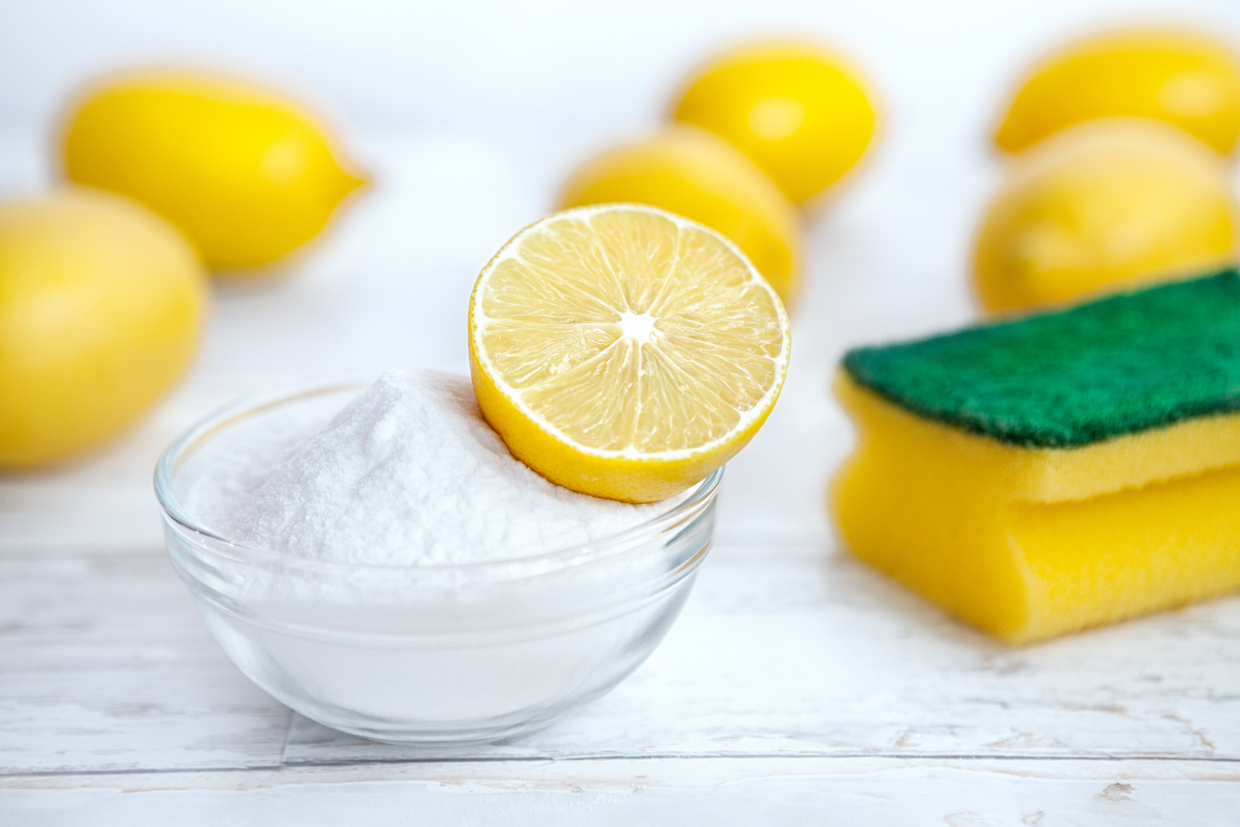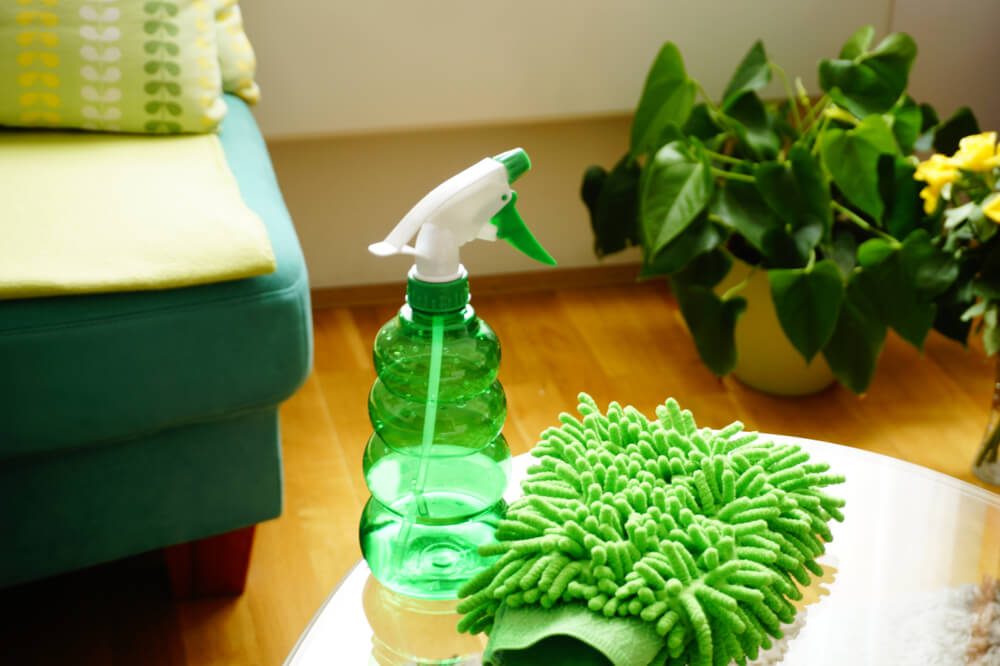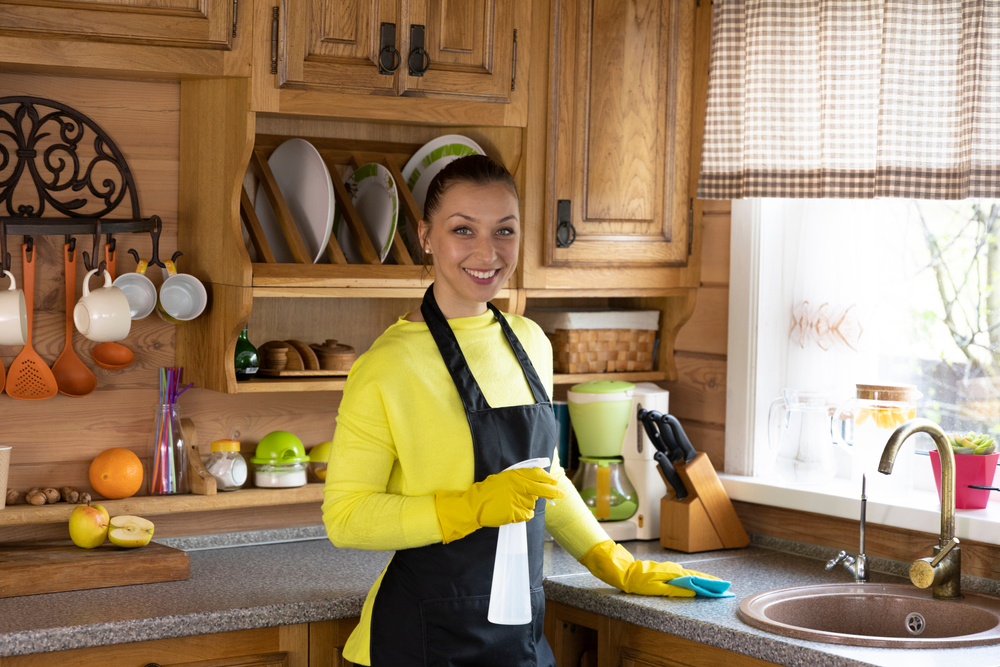When you have hard water in your home, or water with high concentrations of calcium and magnesium in it, it can make life difficult. Hard water makes home cleaning harder – scale builds up on your faucets and in your pipes and appliances, your clothes and linens fade and feel rough, your dishes have a residue when they come out of the dishwasher, and your sinks, tubs, and toilet bowls are stained. It may even affect your personal cleansing, causing dry skin and lackluster hair. But never fear – these problems can be dealt with in a number of ways, and your friends at It’s Cleaning Time! professional house cleaning, Austin.

The best way to prevent the annoyances caused by hard water is to install a water softener. There are four main types available, and many different companies manufacture them:
- The most common type of water softener contains tiny resin beads that attract the positively charged ions of calcium and magnesium and replace them with sodium ions. Periodically, the beads need to be cleaned and recharged with a salt water solution that comes from a separate tank.
- Salt-free water softeners work in a similar way, but they use potassium chloride instead of salt, and instead of reducing the amount of hard minerals in the water, they keep those minerals from building up inside pipes and appliances. Generally, this method doesn’t work as well as a softener with salt, but it’s a good choice for people who need to watch their sodium intake.
- When a water softener needs to recharge, it disconnects from the water system, so any water that comes out of faucets during the regeneration cycle will be much harder than usual. Dual-tank water softeners have two separate softening tanks, so when the resin beads in one are recharging, the other can still soften water.
- A magnetic water softener attaches to the incoming water pipe and creates a magnetic field that supposedly causes the hard water minerals and the pipe to repel each other. There is quite a bit of controversy over whether or not this method is truly effective
If installing a softening device is not feasible for you, there are several ways to deal with the effects of hard water on an as-needed basis. For cases of stained porcelain sinks, tubs, and toilets or scale build-up around faucets, you may have success with commercial cleaning products designed specifically for dealing with lime and hard water. Otherwise, spray on full-strength vinegar and let it soak for several hours or over night. This should definitely loosen the build-up, but you may need fine sandpaper or an abrasive sponge to scrub it all away. For appliances that use water, such as a coffee maker, it’s a good idea to periodically run a cycle with vinegar instead of water to clean out any gunk that has built up over time. For laundry, you’ll likely need to use a little bit more detergent and hotter water than normal, or you can try a packaged water conditioner that’s meant to go in the washer. Using liquid rather than powdered detergent may decrease the amount of residue that gets left behind after washing. If you’re seeing yellow or brown stains on white or light-colored fabric, replace your chlorine bleach with an oxygen-type bleach. And when you bathe or shower, take extra time when rinsing off soap and hair-care products to make sure you really get rid of them all.
It’s Cleaning Time, your company for local professional house cleaning, Austin Texas, is here for you with cleaning advice and our fabulous maid services, which range from light cleaning and dusting to full-on deep cleaning. Contact us today to see how we can make your life cleaner and easier!






